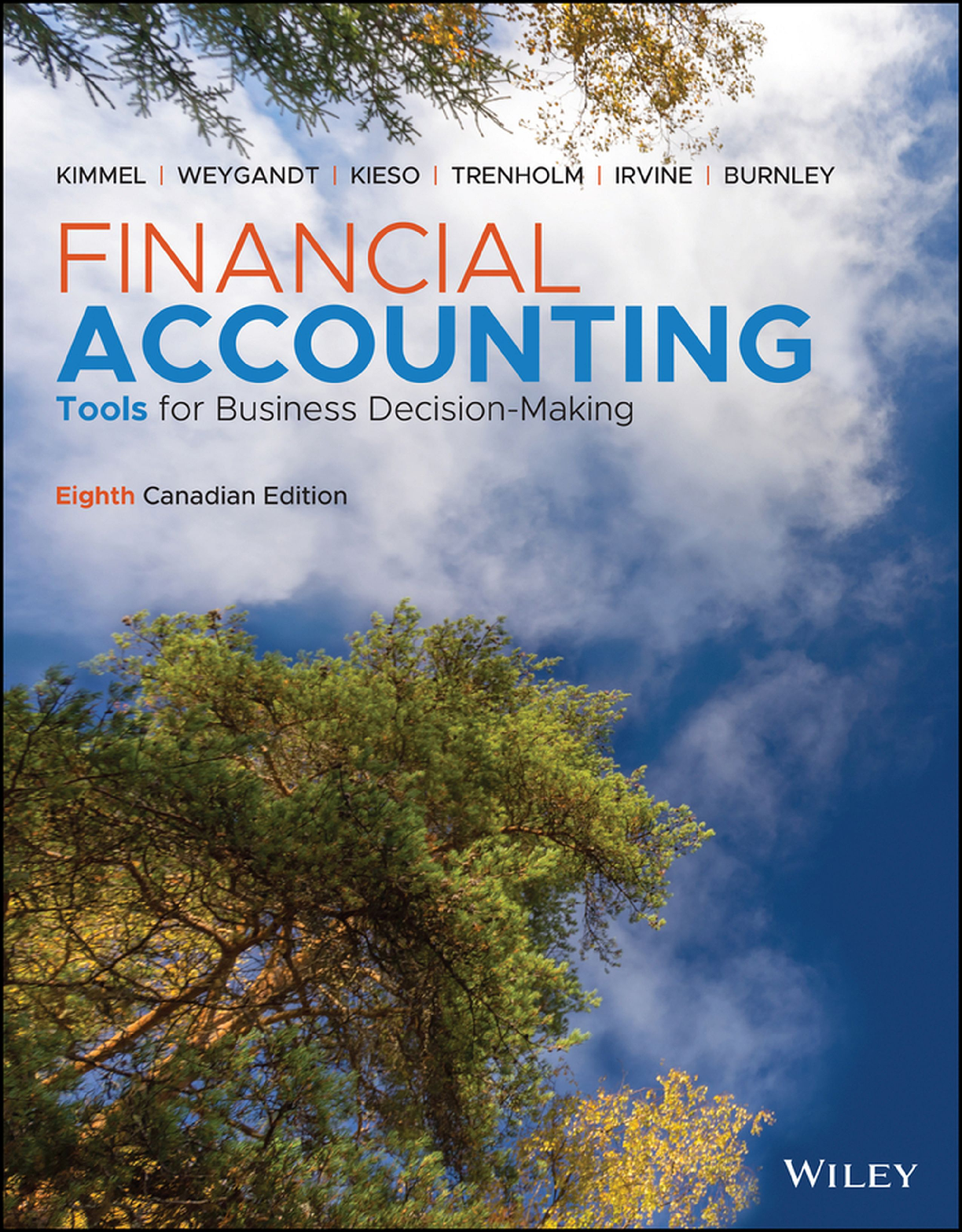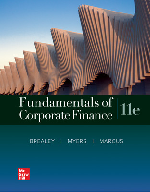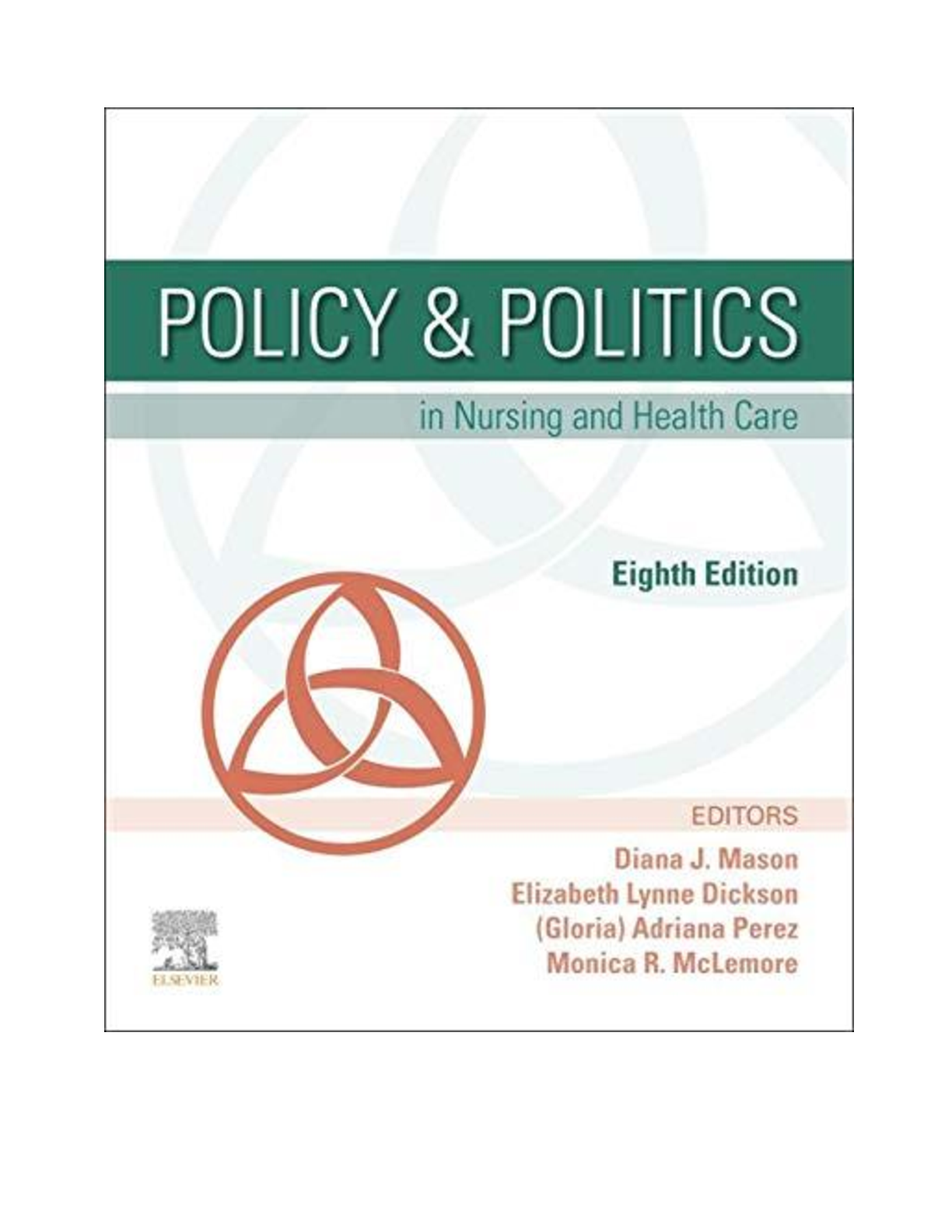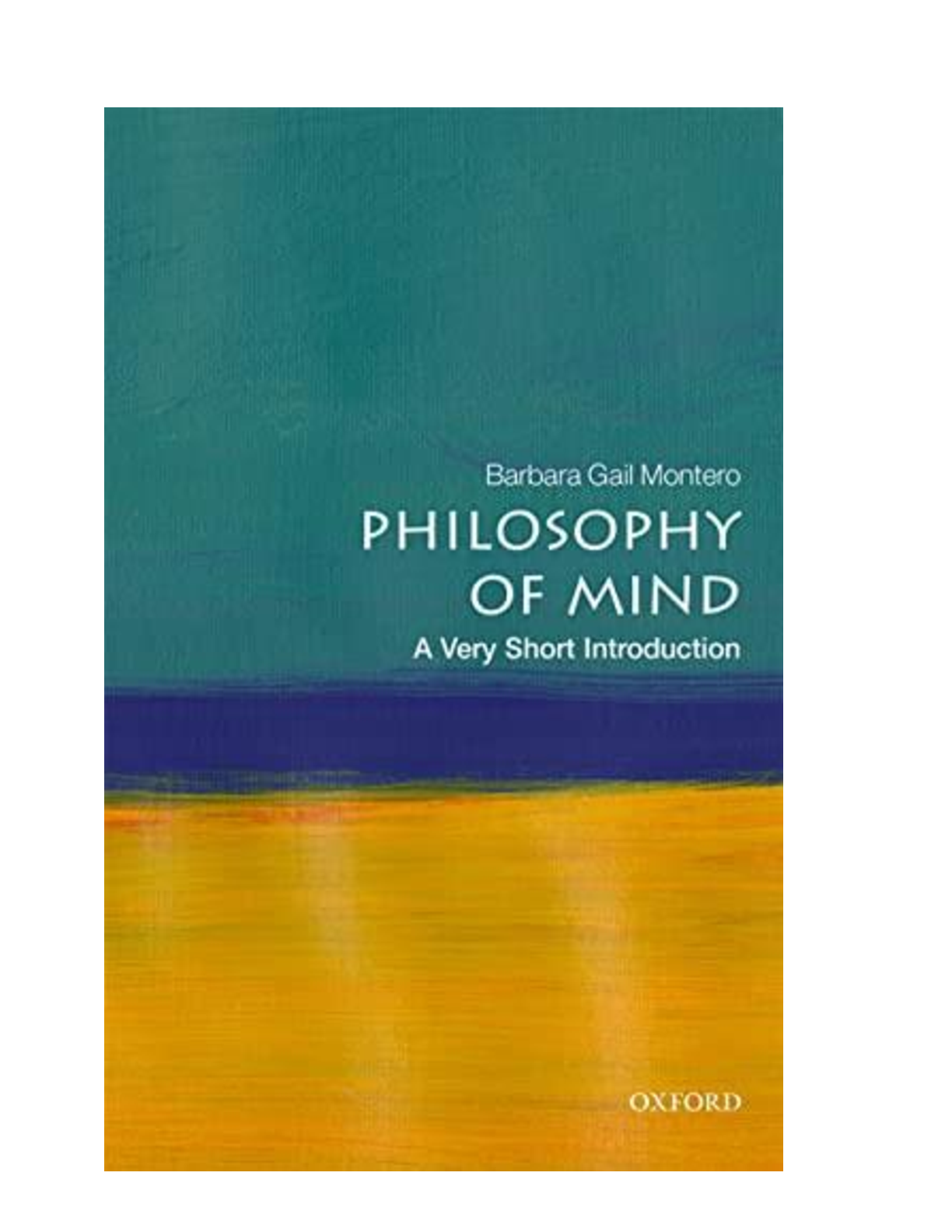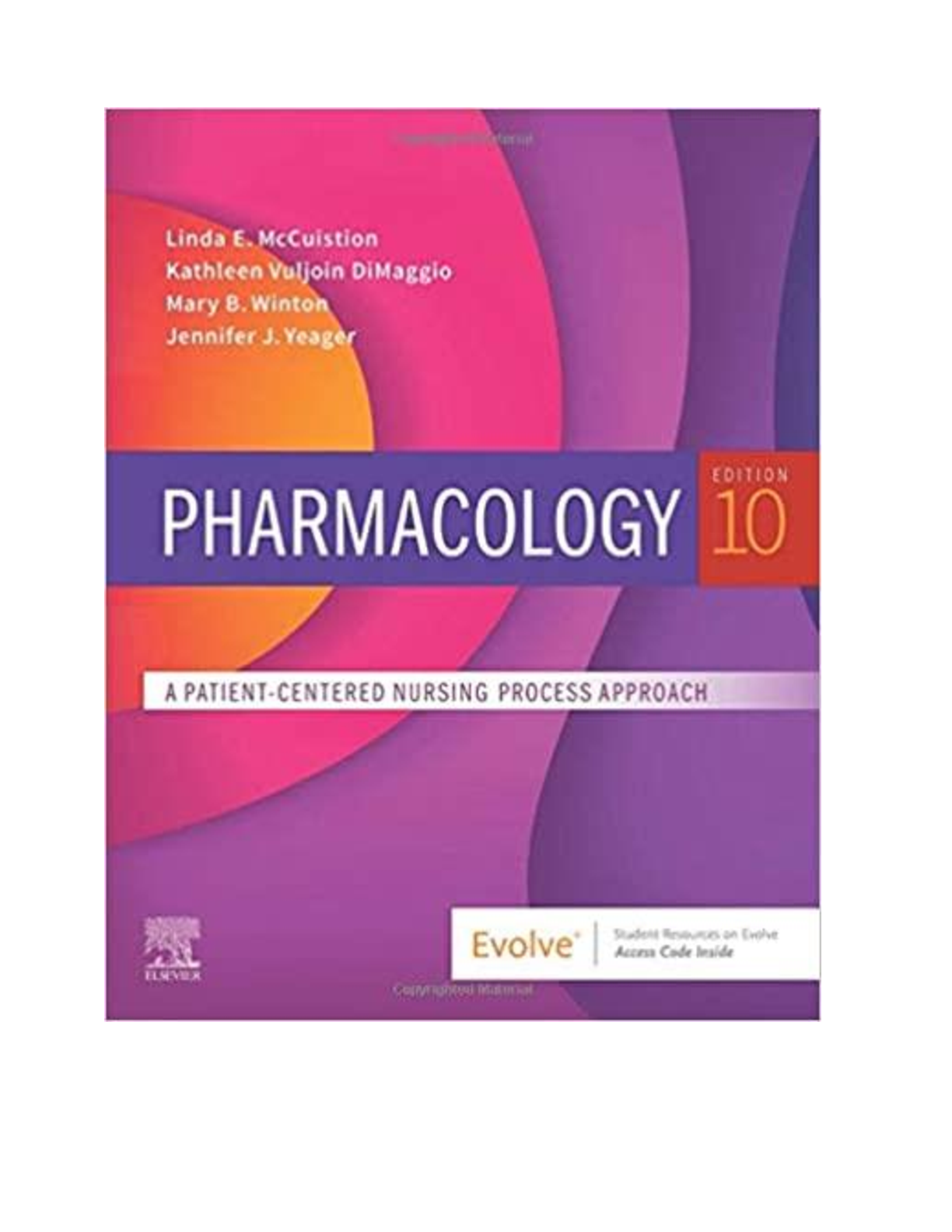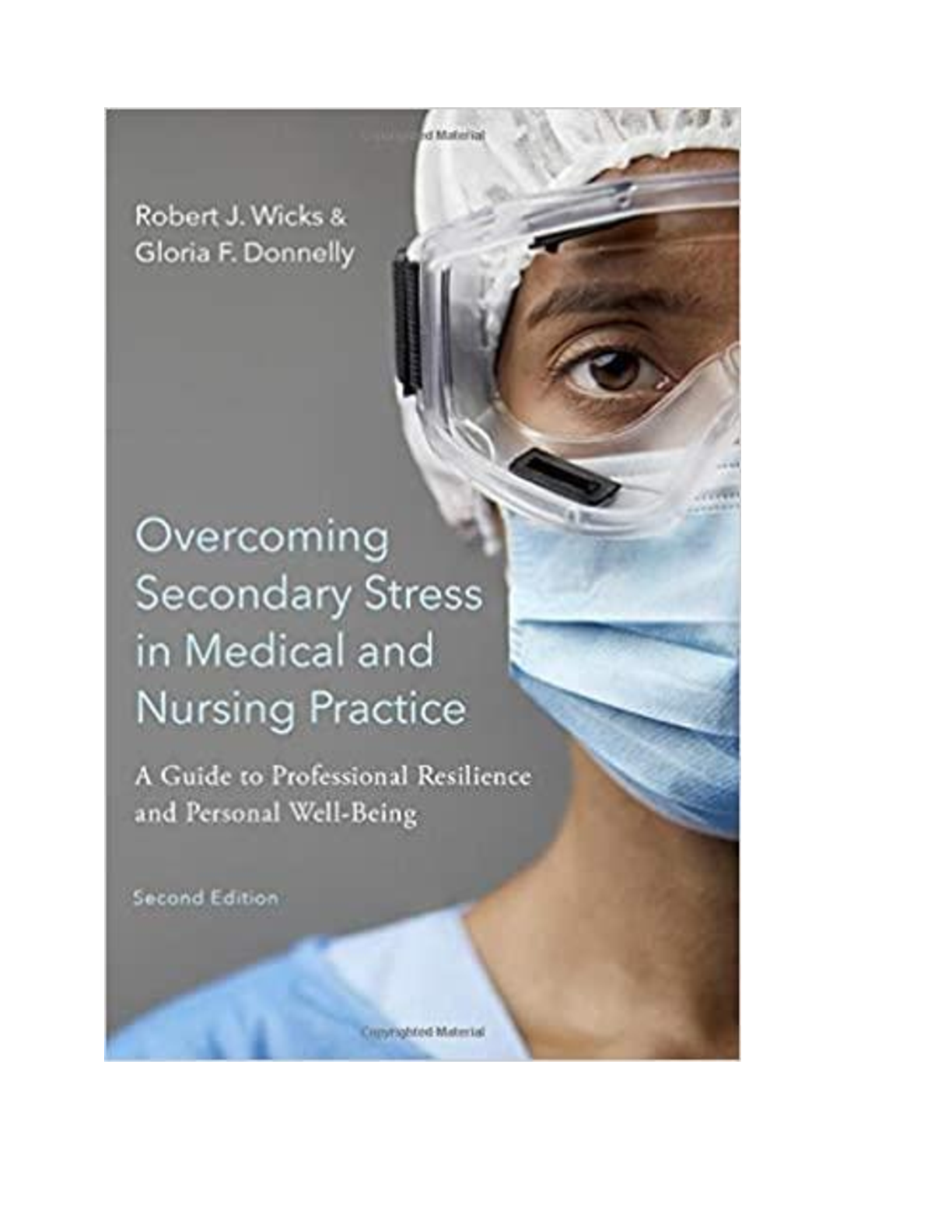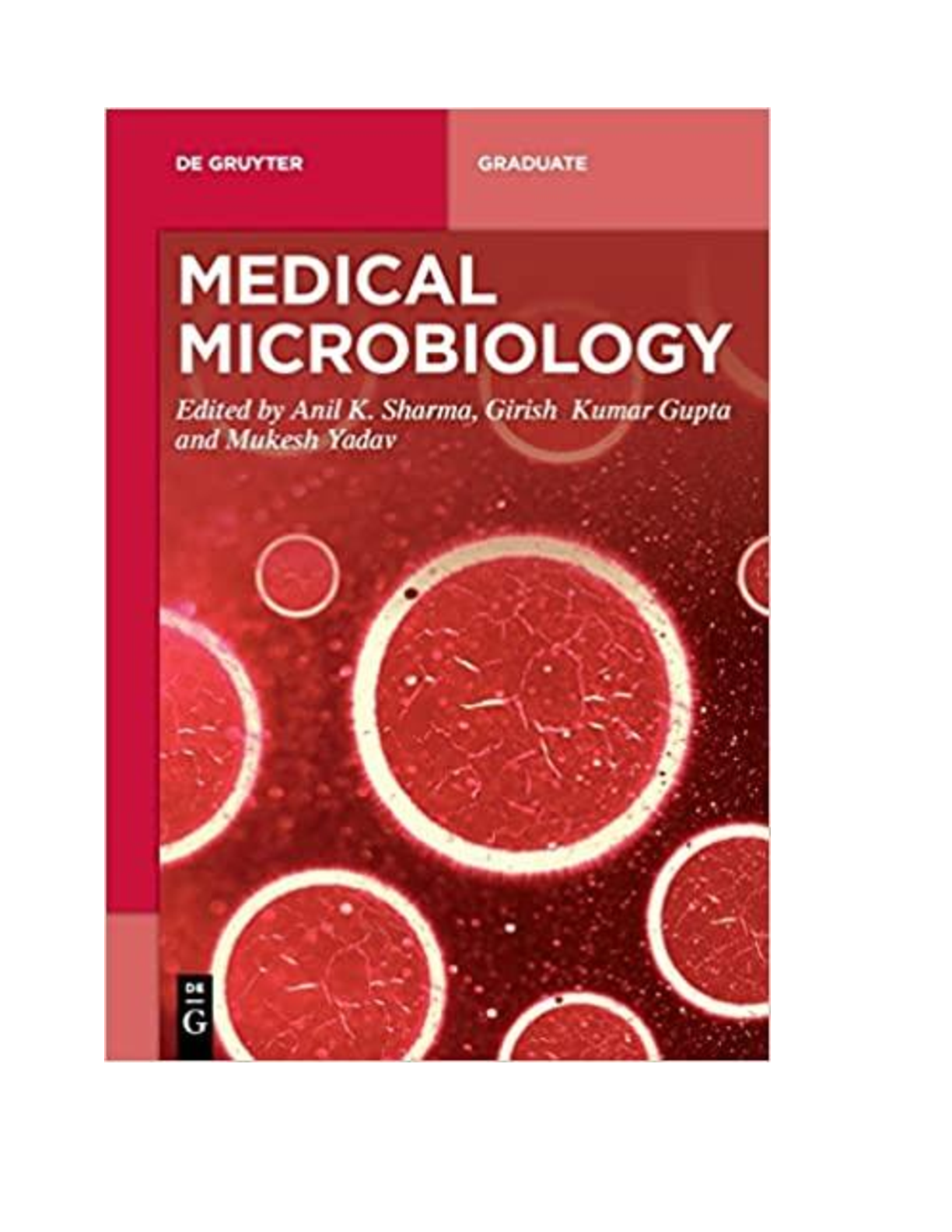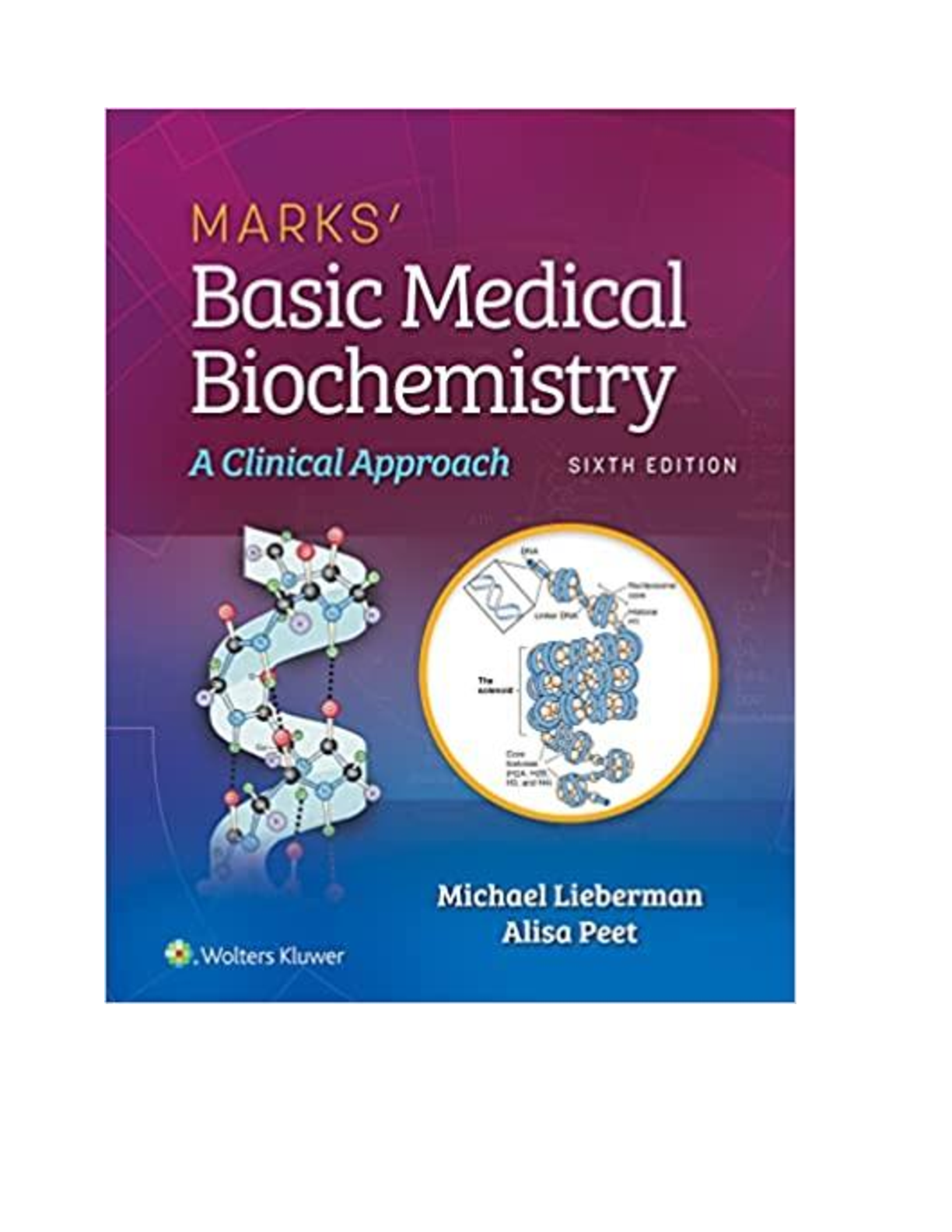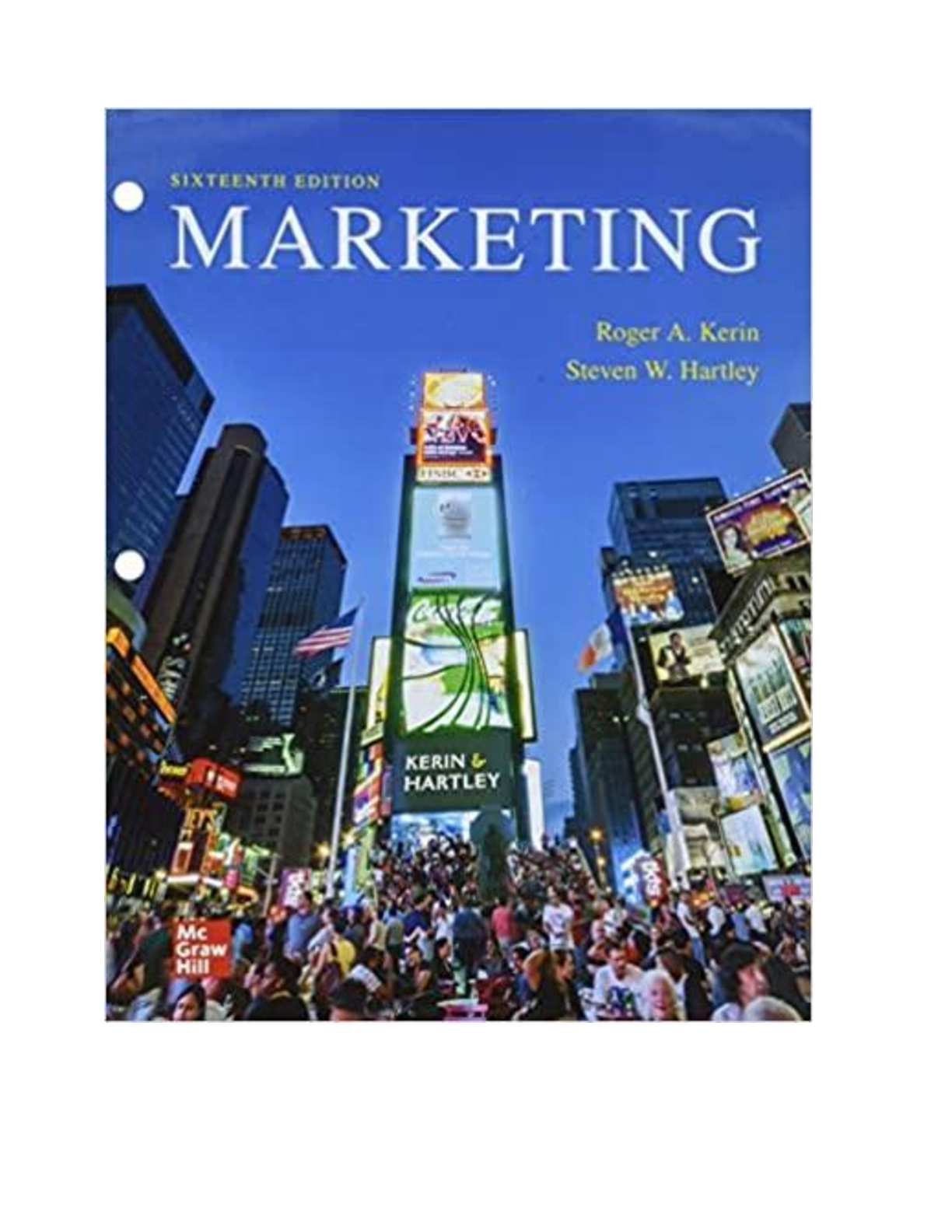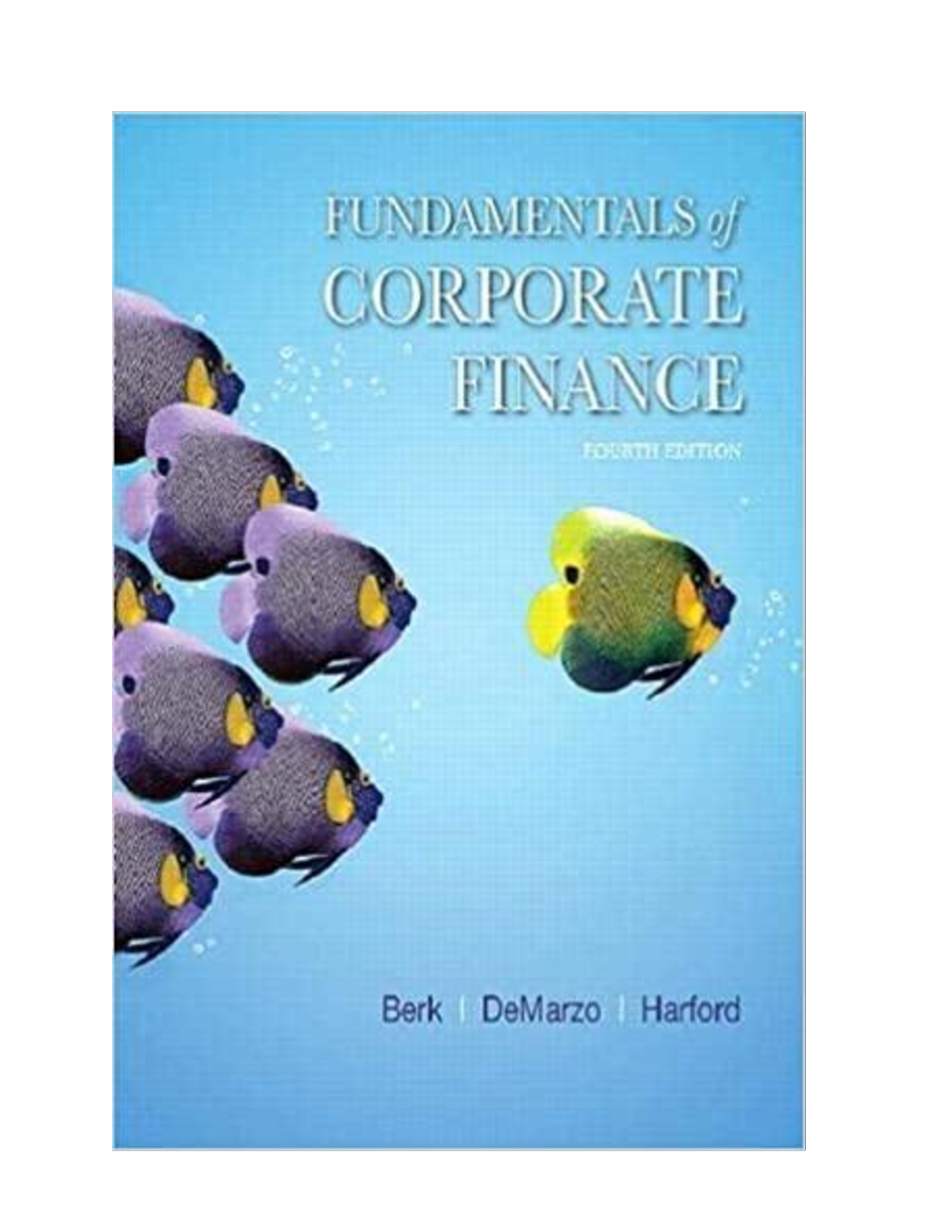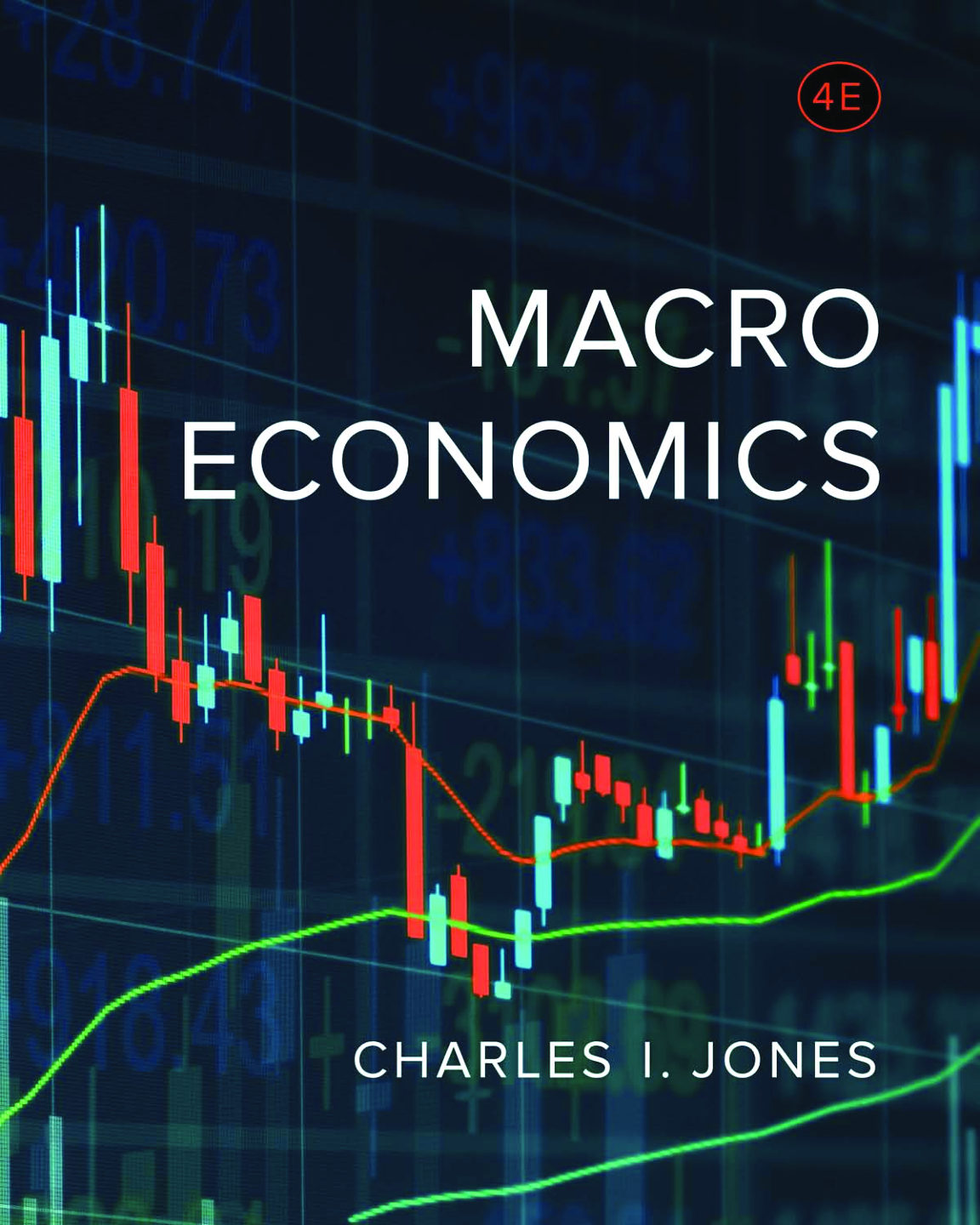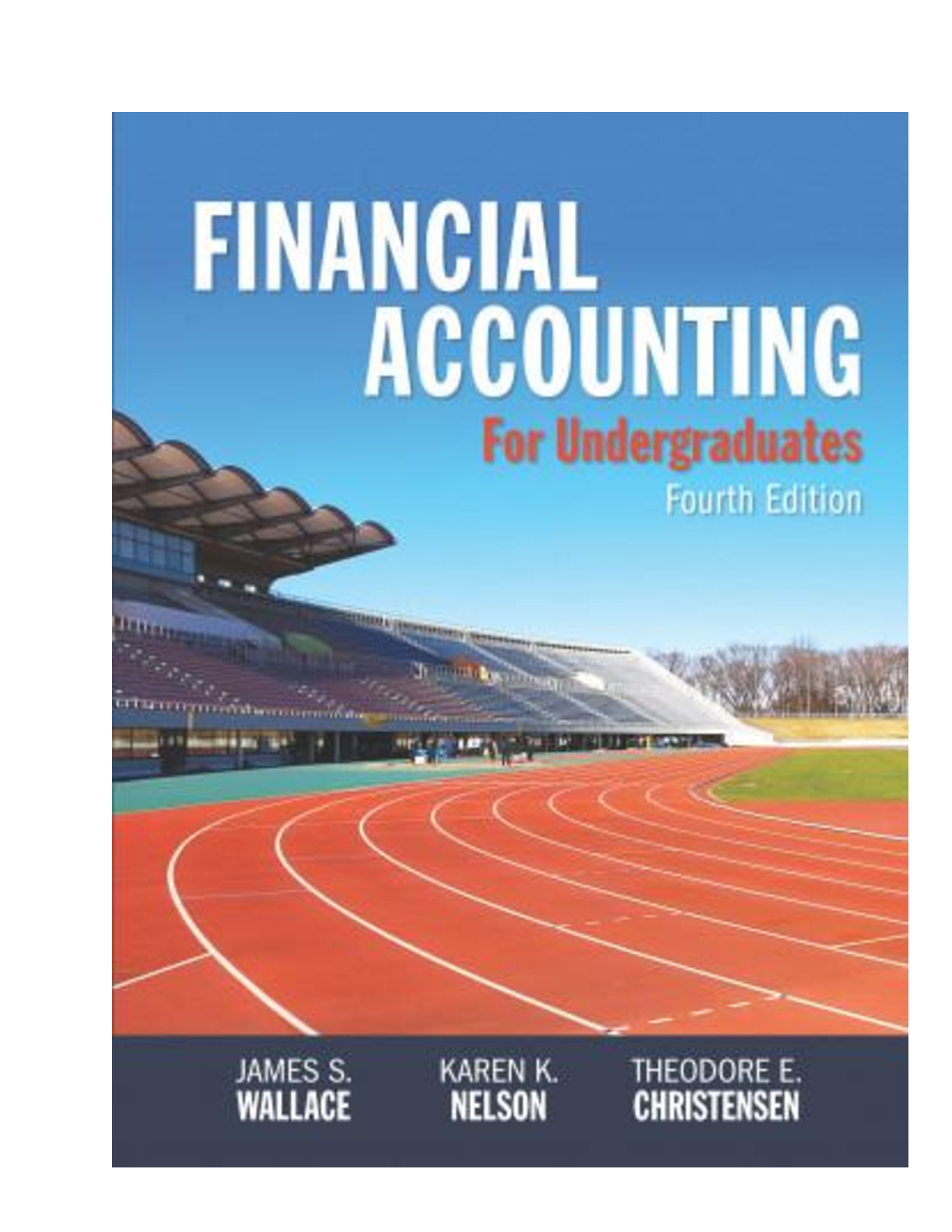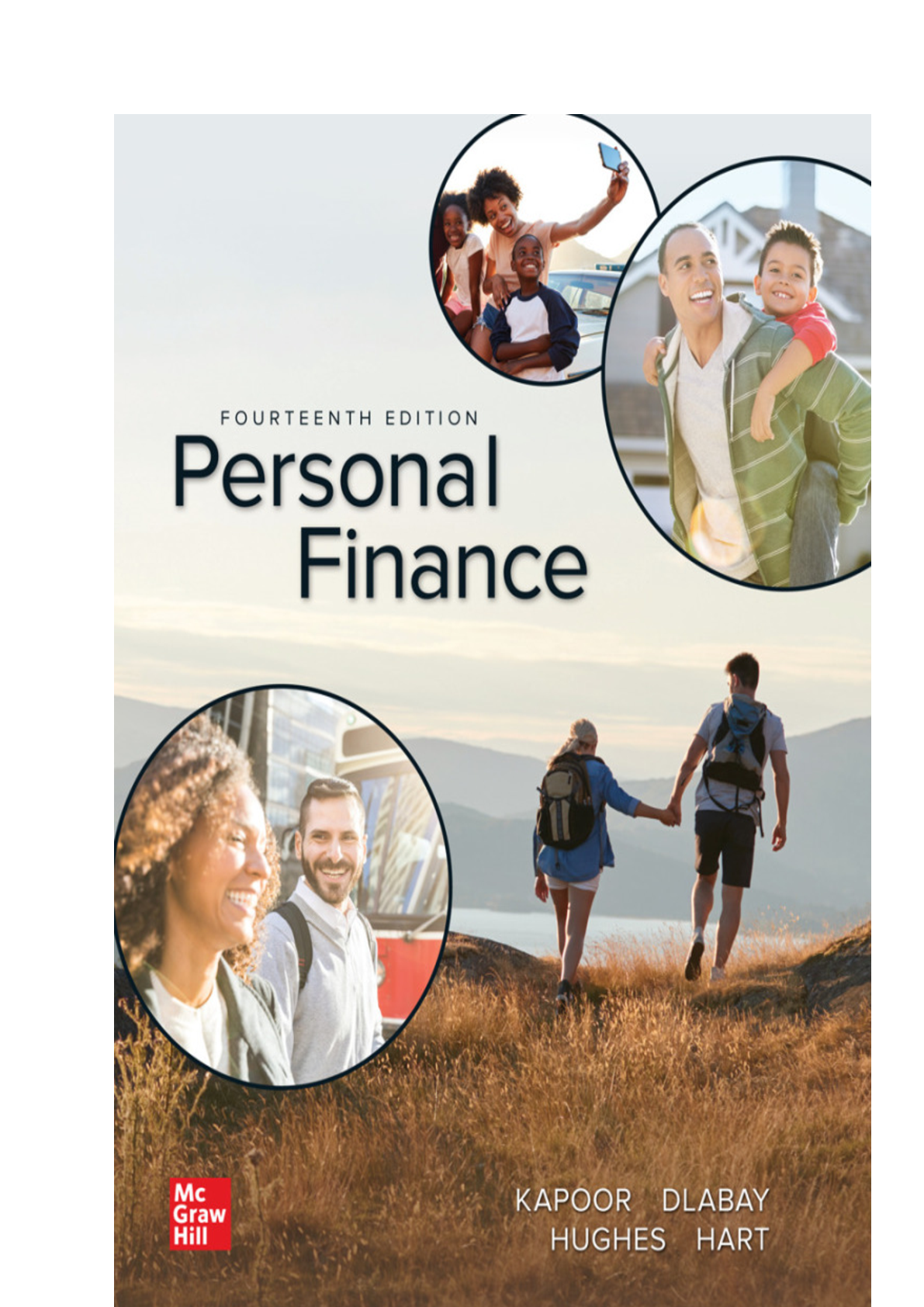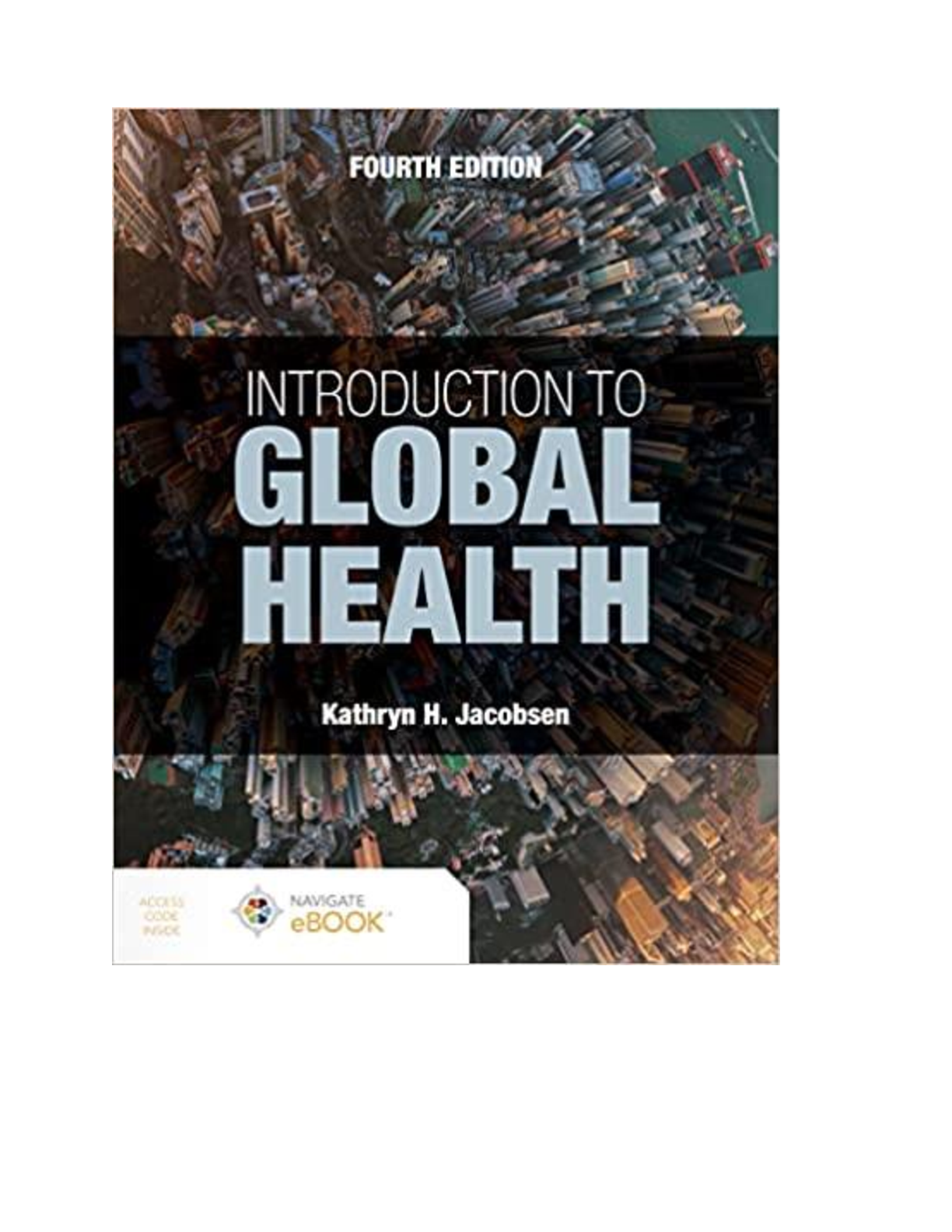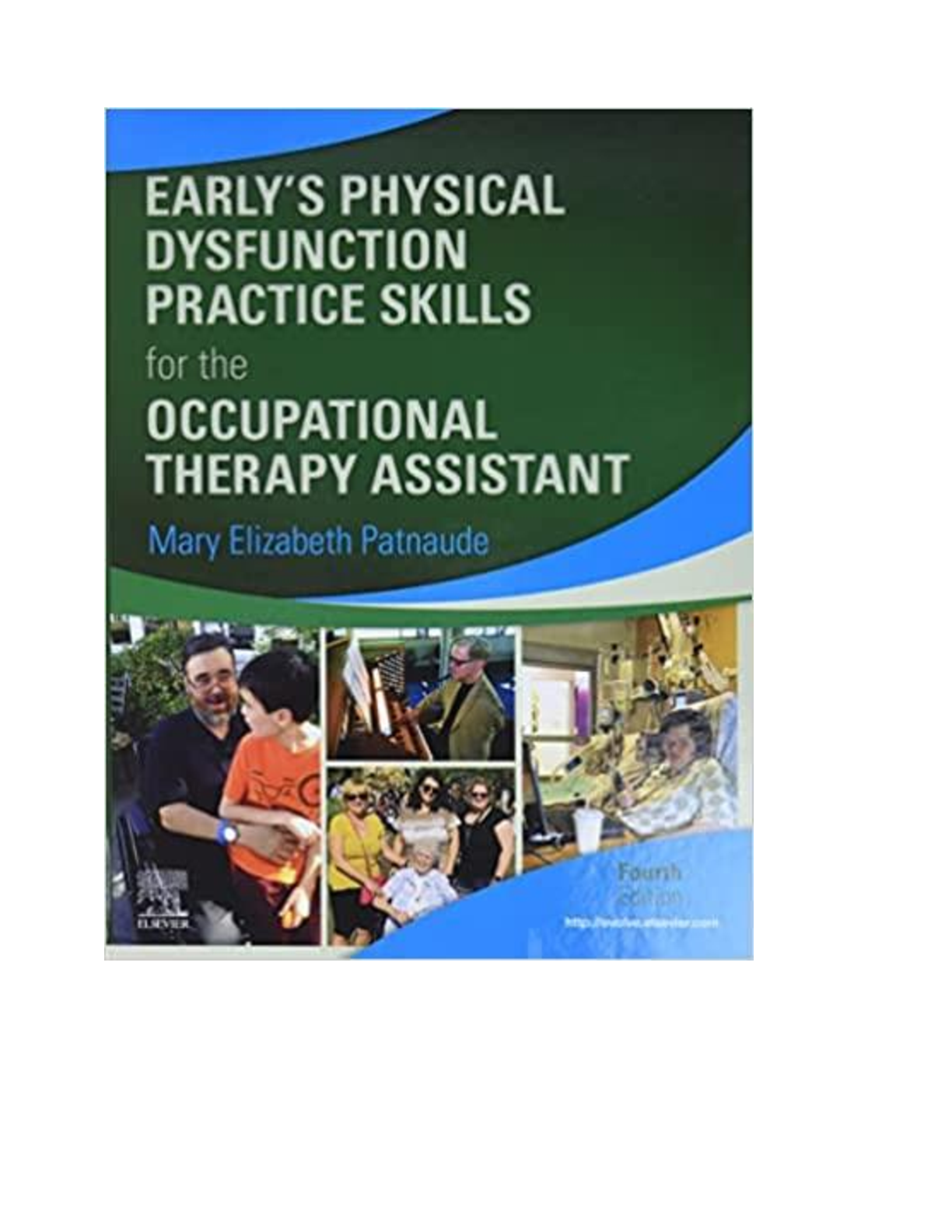Physics > eBook-PDF > Essential University Physics. Volume 1, 4th Edition By Richard Wolfson [PDF] [eBook] (All)
Essential University Physics. Volume 1, 4th Edition By Richard Wolfson [PDF] [eBook]
Document Content and Description Below
Essential University Physics Brief Contents Detailed Contents About the Author Preface to the Instructor Goals of This Book New to the Fourth Edition Pedagogical Innovations Organization Inst... ructor Supplements Reviewers Preface to the Student Video Tutor Demonstrations Essential University Physics 1 Doing Physics Learning Outcomes 1.1 Realms of Physics 1.2 Measurements and Units Time Length Mass Other SI Units SI Prefixes Other Unit Systems Changing Units 1.3 Working with Numbers Scientific Notation Significant Figures Working with Data Estimation 1.4 Strategies for Learning Physics Physics: Challenge and Simplicity Problem Solving: The IDEA Strategy Chapter 1 Summary Big Idea Key Concepts and Equations Applications Learning Outcomes For Thought and Discussion Exercises and Problems Exercises Section 1.2 Measurements and Units Section 1.3 Working with Numbers Example Variations Problems Passage Problems Answers to Chapter Questions Answer to Chapter Opening Question Answers to Got It? Questions Part One Mechanics 2 Motion in a Straight Line Learning Outcomes 2.1 Average Motion Directions and Coordinate Systems 2.2 Instantaneous Velocity 2.3 Acceleration Position, Velocity, and Acceleration 2.4 Constant Acceleration Using the Equations of Motion 2.5 The Acceleration of Gravity 2.6 When Acceleration Isn’t Constant Chapter 2 Summary Big Idea Key Concepts and Equations Applications Learning Outcomes For Thought and Discussion Exercises and Problems Exercises Section 2.1 Average Motion Section 2.2 Instantaneous Velocity Section 2.3 Acceleration Section 2.4 Constant Acceleration Section 2.5 The Acceleration of Gravity Example Variations Problems Passage Problems Answers to Chapter Questions Answer to Chapter Opening Question Answers to Got It? Questions 3 Motion in Two and Three Dimensions Learning Outcomes 3.1 Vectors Position and Displacement Multiplication Vector Components Unit Vectors Vector Arithmetic with Unit Vectors 3.2 Velocity and Acceleration Vectors Velocity and Acceleration in Two Dimensions 3.3 Relative Motion 3.4 Constant Acceleration 3.5 Projectile Motion Projectile Trajectories The Horizontal Range of a Projectile 3.6 Uniform Circular Motion Nonuniform Circular Motion Chapter 3 Summary Big Idea Key Concepts and Equations Applications Learning Outcomes For Thought and Discussion Exercises and Problems Exercises Section 3.1 Vectors Section 3.2 Velocity and Acceleration Vectors Section 3.3 Relative Motion Section 3.4 Constant Acceleration Section 3.5 Projectile Motion Section 3.6 Uniform Circular Motion Example Variations Problems Passage Problems Answers to Chapter Questions Answer to Chapter Opening Question Answers to Got It? Questions 4 Force and Motion Learning Outcomes 4.1 The Wrong Question The Right Question 4.2 Newton’s First and Second Laws The Net Force Newton’s First Law Newton’s Second Law Mass, Inertia, and Force Inertial Reference Frames 4.3 Forces The Fundamental Forces 4.4 The Force of Gravity Weightlessness 4.5 Using Newton’s Second Law Apparent Weight 4.6 Newton’s Third Law Measuring Force Chapter 4 Summary Big Idea Newton’s First Law Newton’s Second Law Newton’s Third Law Solving Problems with Newton’s Laws Key Concepts and Equations Applications Learning Outcomes For Thought and Discussion Exercises and Problems Exercises Section 4.2 Newton’s First and Second Laws Section 4.4 The Force of Gravity Section 4.5 Using Newton’s Second Law Section 4.6 Newton’s Third Law Example Variations Problems Passage Problems Answers to Chapter Questions Answer to Chapter Opening Question Answers to Got It? Questions 5 Using Newton’s Laws Learning Outcomes 5.1 Using Newton’s Second Law 5.2 Multiple Objects 5.3 Circular Motion 5.4 Friction The Nature of Friction Frictional Forces Applications of Friction 5.5 Drag Forces Terminal Speed Drag and Projectile Motion Chapter 5 Summary Big Idea Solving Problems with Newton’s Laws Key Concepts and Equations Applications Learning Outcomes For Thought and Discussion Exercises and Problems Exercises Section 5.1 Using Newton’s Second Law Section 5.2 Multiple Objects Section 5.3 Circular Motion Section 5.4 Friction Example Variations Problems Passage Problems Answers to Chapter Questions Answer to Chapter Opening Question Answers to Got It? Questions 6 Energy, Work, and Power Learning Outcomes 6.1 Energy Energy and Systems 6.2 Work Work and the Scalar Product 6.3 Forces That Vary Stretching a Spring Force and Work in Two and Three Dimensions Work Done against Gravity 6.4 Kinetic Energy Energy Units 6.5 Power Power and Velocity Chapter 6 Summary Big Idea Key Concepts and Equations Applications Learning Outcomes For Thought and Discussion Exercises and Problems Exercises Sections 6.1 and 6.2 Energy and Work Section 6.3 Forces That Vary Section 6.4 Kinetic Energy Section 6.5 Power Example Variations Problems Passage Problems Answers to Chapter Questions Answer to Chapter Opening Question Answers to Got It? Questions 7 Conservation of Energy Learning Outcomes 7.1 Conservative and Nonconservative Forces 7.2 Potential Energy Gravitational Potential Energy Elastic Potential Energy Where’s the Stored Energy and What’s the System? 7.3 Conservation of Mechanical Energy 7.4 Nonconservative Forces 7.5 Conservation of Energy Energy Conservation: The Big Picture 7.6 Potential-Energy Curves Force and Potential Energy Chapter 7 Summary Big Ideas Key Concepts and Equations Applications Learning Outcomes For Thought and Discussion Exercises and Problems Exercises Section 7.1 Conservative and Nonconservative Forces Section 7.2 Potential Energy Section 7.3 Conservation of Mechanical Energy Section 7.4 Nonconservative Forces Section 7.6 Potential-Energy Curves Example Variations Problems Passage Problems Answers to Chapter Questions Answer to Chapter Opening Question Answers to Got It? Questions 8 Gravity Learning Outcomes 8.1 Toward a Law of Gravity 8.2 Universal Gravitation The Cavendish Experiment: Weighing the Earth 8.3 Orbital Motion Elliptical Orbits Open Orbits 8.4 Gravitational Energy The Zero of Potential Energy Escape Speed Energy in Circular Orbits 8.5 The Gravitational Field Chapter 8 Summary Big Idea Key Concepts and Equations Applications Learning Outcomes For Thought and Discussion Exercises and Problems Exercises Section 8.2 Universal Gravitation Section 8.3 Orbital Motion Section 8.4 Gravitational Energy Example Variations Problems Passage Problems Answers to Chapter Questions Answer to Chapter Opening Question Answers to Got It? Questions 9 Systems of Particles Learning Outcomes 9.1 Center of Mass Finding the Center of Mass Continuous Distributions of Matter Motion of the Center of Mass 9.2 Momentum Conservation of Momentum 9.3 Kinetic Energy of a System 9.4 Collisions Impulse Energy in Collisions 9.5 Totally Inelastic Collisions 9.6 Elastic Collisions Elastic Collisions in One Dimension Elastic Collisions in Two Dimensions The Center-of-Mass Frame Chapter 9 Summary Big Idea Key Concepts and Equations Applications Learning Outcomes For Thought and Discussion Exercises and Problems Exercises Section 9.1 Center of Mass Section 9.2 Momentum Section 9.3 Kinetic Energy of a System Section 9.4 Collisions Section 9.5 Totally Inelastic Collisions Section 9.6 Elastic Collisions Example Variations Problems Passage Problems Answers to Chapter Questions Answer to Chapter Opening Question Answers to Got It? Questions 10 Rotational Motion Learning Outcomes 10.1 Angular Velocity and Acceleration Angular Velocity Angular and Linear Speed Angular Acceleration 10.2 Torque 10.3 Rotational Inertia and the Analog of Newton’s Law Calculating the Rotational Inertia Rotational Dynamics 10.4 Rotational Energy Energy and Work in Rotational Motion 10.5 Rolling Motion Chapter 10 Summary Big Idea Key Concepts and Equations Applications Learning Outcomes For Thought and Discussion Exercises and Problems Exercises Section 10.1 Angular Velocity and Acceleration Section 10.2 Torque Section 10.3 Rotational Inertia and the Analog of Newton’s Law Section 10.4 Rotational Energy Section 10.5 Rolling Motion Example Variations Problems Passage Problems Answers to Chapter Questions Answer to Chapter Opening Question Answers to Got It? Questions 11 Rotational Vectors and Angular Momentum Learning Outcomes 11.1 Angular Velocity and Acceleration Vectors 11.2 Torque and the Vector Cross Product The Cross Product 11.3 Angular Momentum Torque and Angular Momentum 11.4 Conservation of Angular Momentum 11.5 Gyroscopes and Precession Precession Chapter 11 Summary Big Idea Key Concepts and Equations Applications Learning Outcomes For Thought and Discussion Exercises and Problems Exercises Section 11.1 Angular Velocity and Acceleration Vectors Section 11.2 Torque and the Vector Cross Product Section 11.3 Angular Momentum Section 11.4 Conservation of Angular Momentum Example Variations Problems Passage Problems Answers to Chapter Questions Answer to Chapter Opening Question Answers to Got It? Questions 12 Static Equilibrium Learning Outcomes 12.1 Conditions for Equilibrium 12.2 Center of Gravity 12.3 Examples of Static Equilibrium 12.4 Stability Chapter 12 Summary Big Idea Key Concepts and Equations Applications Learning Outcomes For Thought and Discussion Exercises and Problems Exercises Section 12.1 Conditions for Equilibrium Section 12.2 Center of Gravity Section 12.3 Examples of Static Equilibrium Section 12.4 Stability Example Variations Problems Passage Problems Answers to Chapter Questions Answer to Chapter Opening Question Answers to Got It? Questions Part One Summary Mechanics Part One Challenge Problem Part Two Oscillations, Waves, and Fluids 13 Oscillatory Motion Learning Outcomes 13.1 Describing Oscillatory Motion 13.2 Simple Harmonic Motion Frequency and Period in Simple Harmonic Motion Amplitude in Simple Harmonic Motion Phase Velocity and Acceleration in Simple Harmonic Motion 13.3 Applications of Simple Harmonic Motion The Vertical Mass–Spring System The Torsional Oscillator The Pendulum The Physical Pendulum 13.4 Circular Motion and Harmonic Motion 13.5 Energy in Simple Harmonic Motion Potential-Energy Curves and Simple Harmonic Motion 13.6 Damped Harmonic Motion 13.7 Driven Oscillations and Resonance Chapter 13 Summary Big Idea Key Concepts and Equations Applications Learning Outcomes For Thought and Discussion Exercises and Problems Exercises Section 13.1 Describing Oscillatory Motion Section 13.2 Simple Harmonic Motion Section 13.3 Applications of Simple Harmonic Motion Section 13.4 Circular and Harmonic Motion Section 13.5 Energy in Simple Harmonic Motion Sections 13.6 and 13.7 Damped Harmonic Motion and Resonance Example Variations Problems Passage Problems Answers to Chapter Questions Answer to Chapter Opening Question Answers to Got It? Questions 14 Wave Motion Learning Outcomes 14.1 Waves and Their Properties Longitudinal and Transverse Waves Amplitude and Waveform Wavelength, Period, and Frequency Wave Speed 14.2 Wave Math The Wave Equation 14.3 Waves on a String 14.4 Wave Energy Wave Power Wave Intensity 14.5 Sound Waves Sound and the Human Ear Decibels 14.6 Interference Fourier Analysis Dispersion Beats Interference in Two Dimensions 14.7 Reflection and Refraction 14.8 Standing Waves Standing-Wave Resonance Other Standing Waves Musical Instruments 14.9 The Doppler Effect and Shock Waves Moving Observers The Doppler Effect for Light Shock Waves Chapter 14 Summary Big Idea Key Concepts and Equations Applications Standing waves on strings Learning Outcomes For Thought and Discussion Exercises and Problems Exercises Section 14.1 Waves and Their Properties Section 14.2 Wave Math Section 14.3 Waves on a String Section 14.4 Wave Energy Section 14.5 Sound Waves Section 14.6 Interference Section 14.8 Standing Waves Section 14.9 The Doppler Effect and Shock Waves Example Variations Problems Passage Problems Answers to Chapter Questions Answer to Chapter Opening Question Answers to Got It? Questions 15 Fluid Motion Learning Outcomes 15.1 Density and Pressure Density Pressure 15.2 Hydrostatic Equilibrium Hydrostatic Equilibrium with Gravity Measuring Pressure Pascal’s Law 15.3 Archimedes’ Principle and Buoyancy Floating Objects Center of Buoyancy 15.4 Fluid Dynamics Conservation of Mass: The Continuity Equation Conservation of Energy: Bernoulli’s Equation 15.5 Applications of Fluid Dynamics Venturi Flows and the Bernoulli Effect Flight and Lift 15.6 Viscosity and Turbulence Chapter 15 Summary Big Idea Key Concepts and Equations Applications Learning Outcomes For Thought and Discussion Exercises and Problems Exercises Section 15.1 Density and Pressure Section 15.2 Hydrostatic Equilibrium Section 15.3 Archimedes’ Principle and Buoyancy Sections 15.4 and 15.5 Fluid Dynamics and Applications Example Variations Problems Passage Problems Answers to Chapter Questions Answer to Chapter Opening Question Answers to Got It? Questions Part Two Summary Oscillations, Waves, and Fluids Part Two Challenge Problem Part Three Thermodynamics 16 Temperature and Heat Learning Outcomes 16.1 Heat, Temperature, and Thermodynamic Equilibrium The Kelvin Scale and Gas Thermometers Temperature Scales Heat and Temperature 16.2 Heat Capacity and Specific Heat The Equilibrium Temperature 16.3 Heat Transfer Conduction Convection Radiation 16.4 Thermal-Energy Balance Chapter 16 Summary Big Ideas Key Concepts and Equations Applications Learning Outcomes For Thought and Discussion Exercises and Problems Exercises Section 16.1 Heat, Temperature, and Thermodynamic Equilibrium Section 16.2 Heat Capacity and Specific Heat Section 16.3 Heat Transfer Section 16.4 Thermal-Energy Balance Example Variations Problems Passage Problems Answers to Chapter Questions Answer to Chapter Opening Question Answers to Got It? Questions 17 The Thermal Behavior of Matter Learning Outcomes 17.1 Gases The Ideal-Gas Law Kinetic Theory of the Ideal Gas The Distribution of Molecular Speeds Real Gases 17.2 Phase Changes Heat and Phase Changes Phase Diagrams 17.3 Thermal Expansion Thermal Expansion of Water Chapter 17 Summary Big Idea Key Concepts and Equations Applications Learning Outcomes For Thought and Discussion Exercises and Problems Exercises Section 17.1 Gases Section 17.2 Phase Changes Section 17.3 Thermal Expansion Example Variations Problems Passage Problems Answers to Chapter Questions Answer to Chapter Opening Question Answers to Got It? Questions 18 Heat, Work, and the First Law of Thermodynamics Learning Outcomes 18.1 The First Law of Thermodynamics 18.2 Thermodynamic Processes Reversible and Irreversible Processes Work and Volume Changes Isothermal Processes Constant-Volume Processes and Specific Heat Isobaric Processes and Specific Heat Adiabatic Processes Cyclic Processes 18.3 Specific Heats of an Ideal Gas The Equipartition Theorem Quantum Effects Chapter 18 Summary Big Idea Key Concepts and Equations Applications Learning Outcomes For Thought and Discussion Exercises and Problems Exercises Section 18.1 The First Law of Thermodynamics Section 18.2 Thermodynamic Processes Section 18.3 Specific Heats of an Ideal Gas Example Variations Problems Passage Problems Answers to Chapter Questions Answer to Chapter Opening Question Answers to Got It? Questions 19 The Second Law of Thermodynamics Learning Outcomes 19.1 Reversibility and Irreversibility 19.2 The Second Law of Thermodynamics Heat Engines Engines, Refrigerators, and the Second Law 19.3 Applications of the Second Law Limitations on Heat Engines Refrigerators and Heat Pumps 19.4 Entropy and Energy Quality Entropy Irreversible Heat Transfer Adiabatic Free Expansion Entropy and the Availability of Work A Statistical Interpretation of Entropy Entropy and the Second Law of Thermodynamics Chapter 19 Summary Big Idea Key Concepts and Equations Applications Learning Outcomes For Thought and Discussion Exercises and Problems Exercises Sections 19.2 and 19.3 The Second Law of Thermodynamics and Its Applications Section 19.4 Entropy and Energy Quality Example Variations Problems Passage Problems Answers to Chapter Questions Answer to Chapter Opening Question Answers to Got It? Questions Part Three Summary Thermodynamics Part Three Challenge Problem Appendices Appendix A Mathematics A-1 Algebra and Trigonometry Quadratic Formula Circumference, Area, Volume Trigonometry Trigonometric Functions Graphs of Trigonometric Functions Trigonometric Identities Laws of Cosines and Sines Exponentials and Logarithms Approximations Vector Algebra Vector Products Unit Vector Notation Vector Identities A-2 Calculus Derivatives Definition of the Derivative Derivatives of Common Functions Derivatives of Sums, Products, and Functions of Functions Second Derivative Partial Derivatives Integrals Indefinite Integrals Definite Integrals Evaluating Integrals Table of Integrals [Show More]
Last updated: 1 year ago
Preview 1 out of 600 pages
Instant download
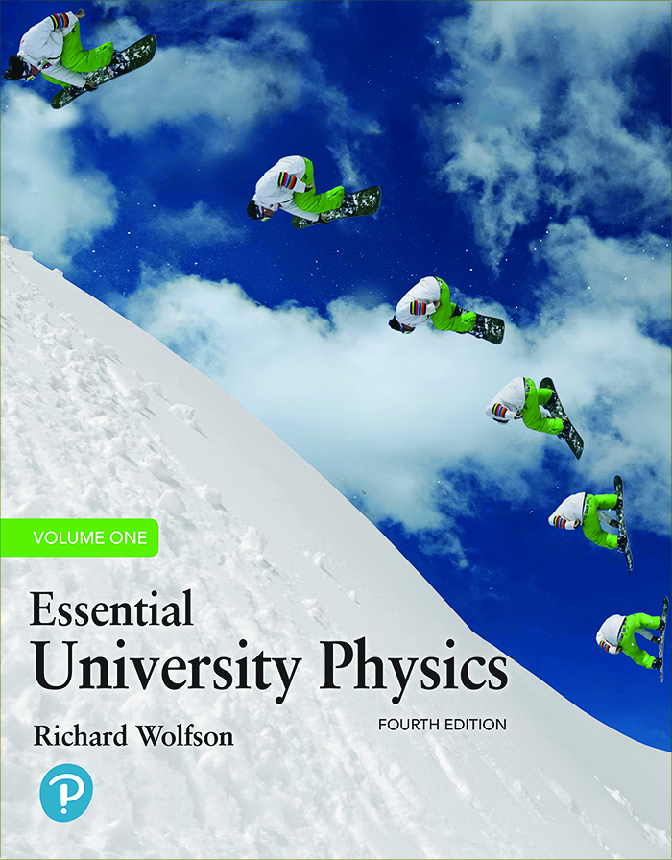
Buy this document to get the full access instantly
Instant Download Access after purchase
Add to cartInstant download
Reviews( 0 )
Document information
Connected school, study & course
About the document
Uploaded On
Dec 22, 2022
Number of pages
600
Written in
Additional information
This document has been written for:
Uploaded
Dec 22, 2022
Downloads
0
Views
37

